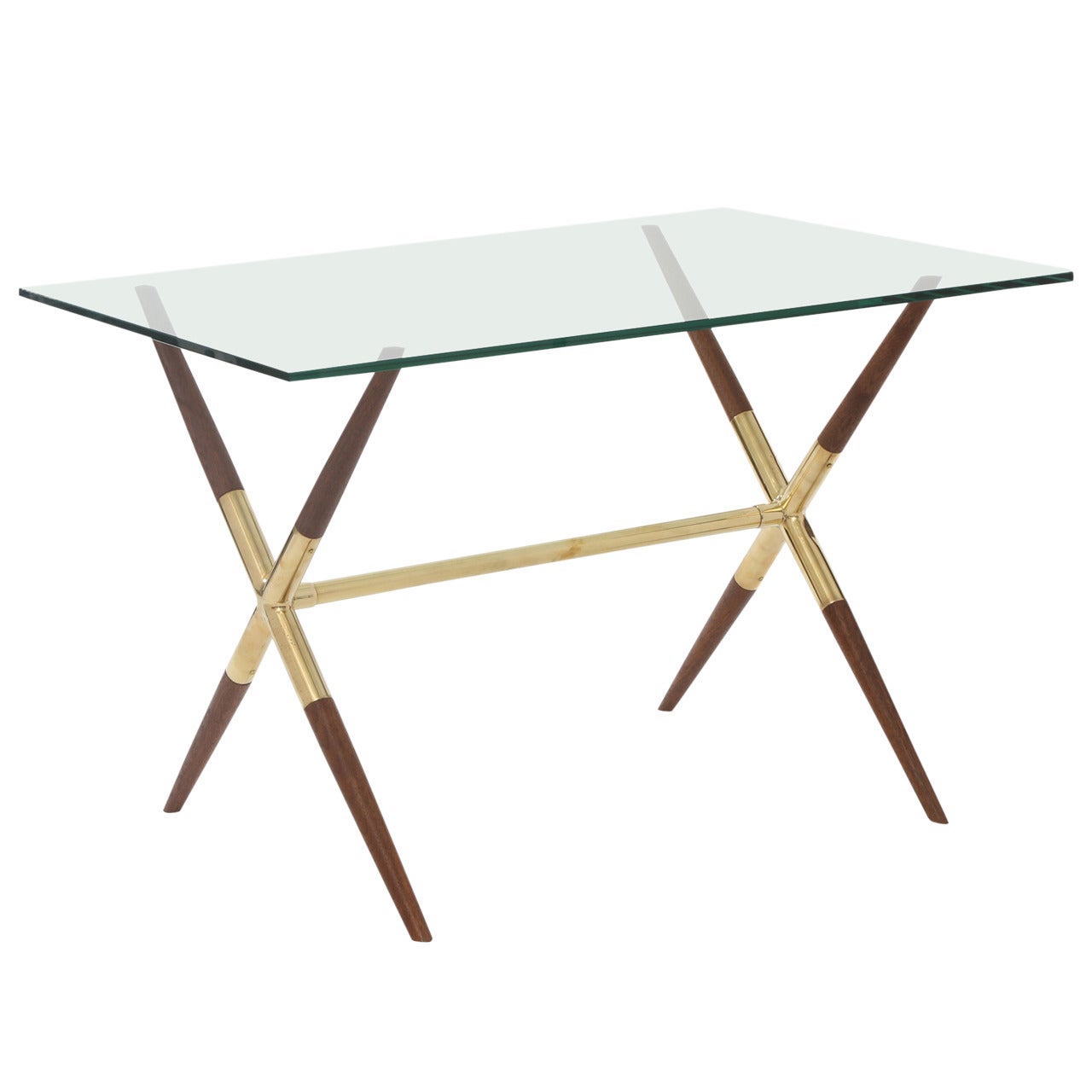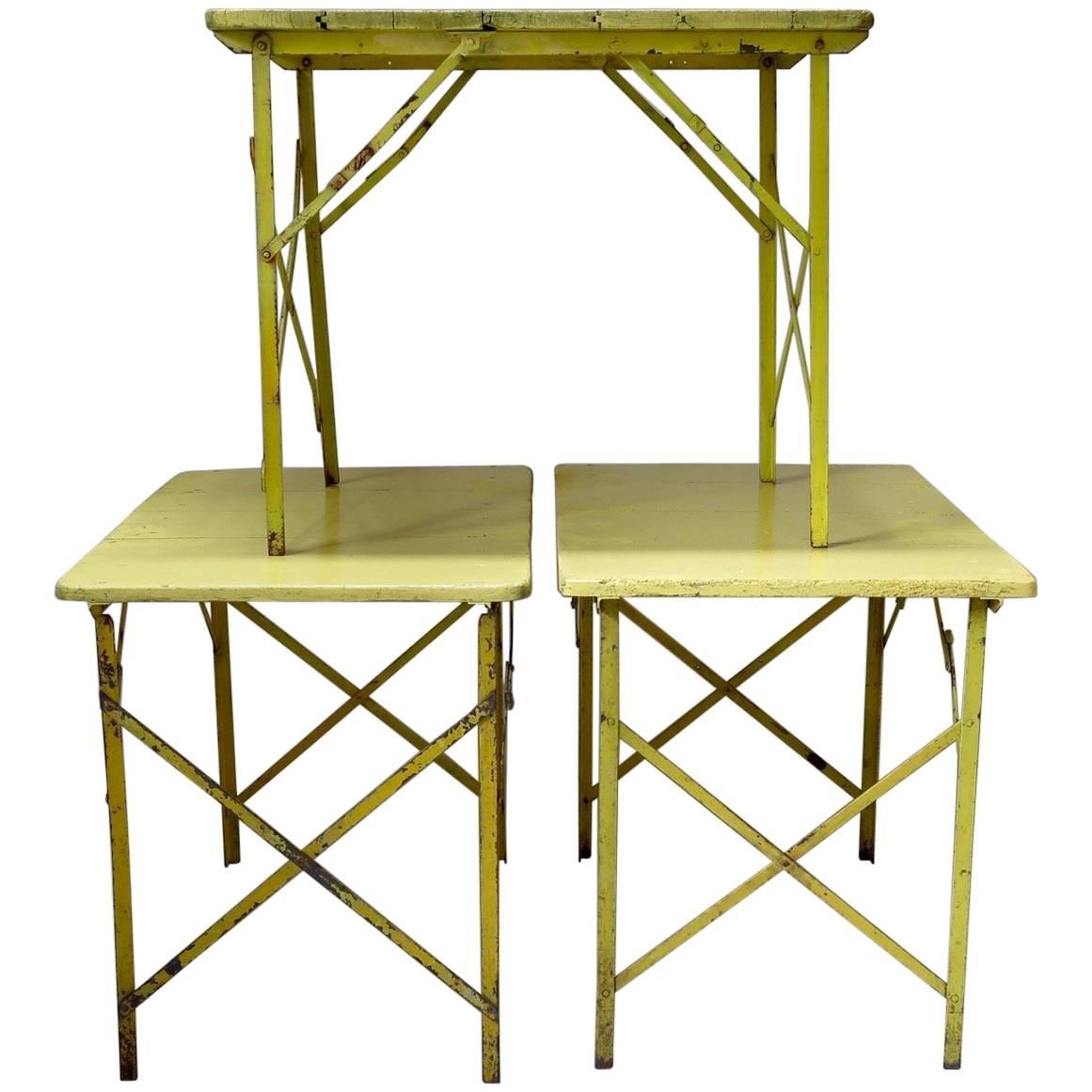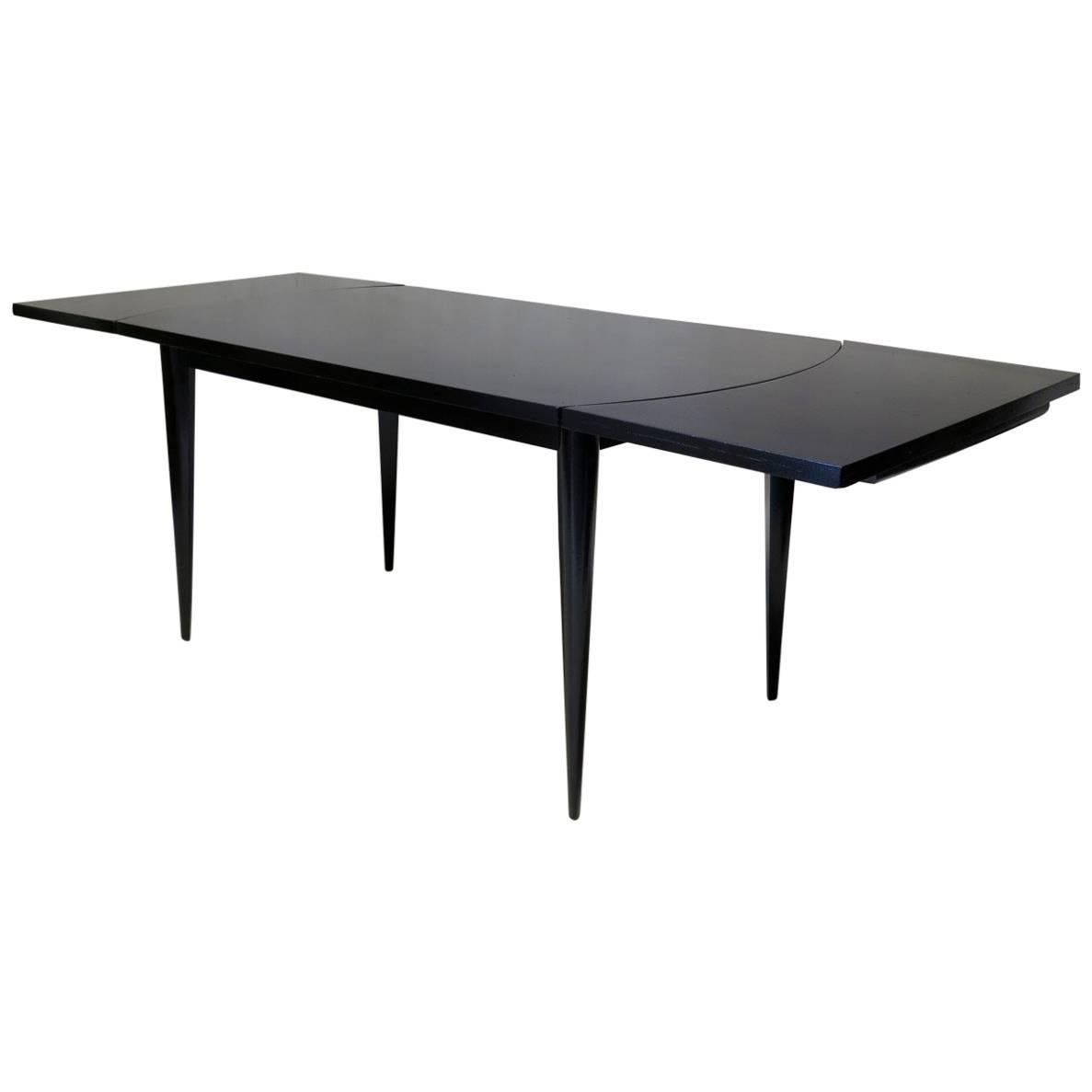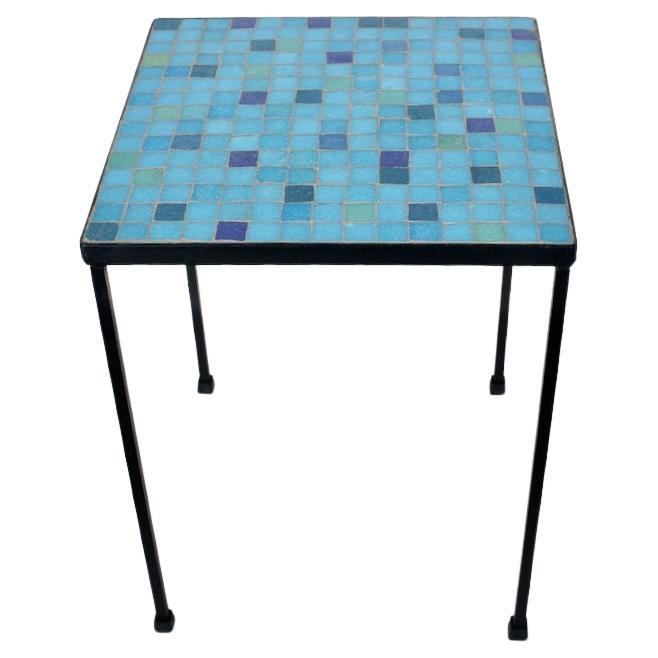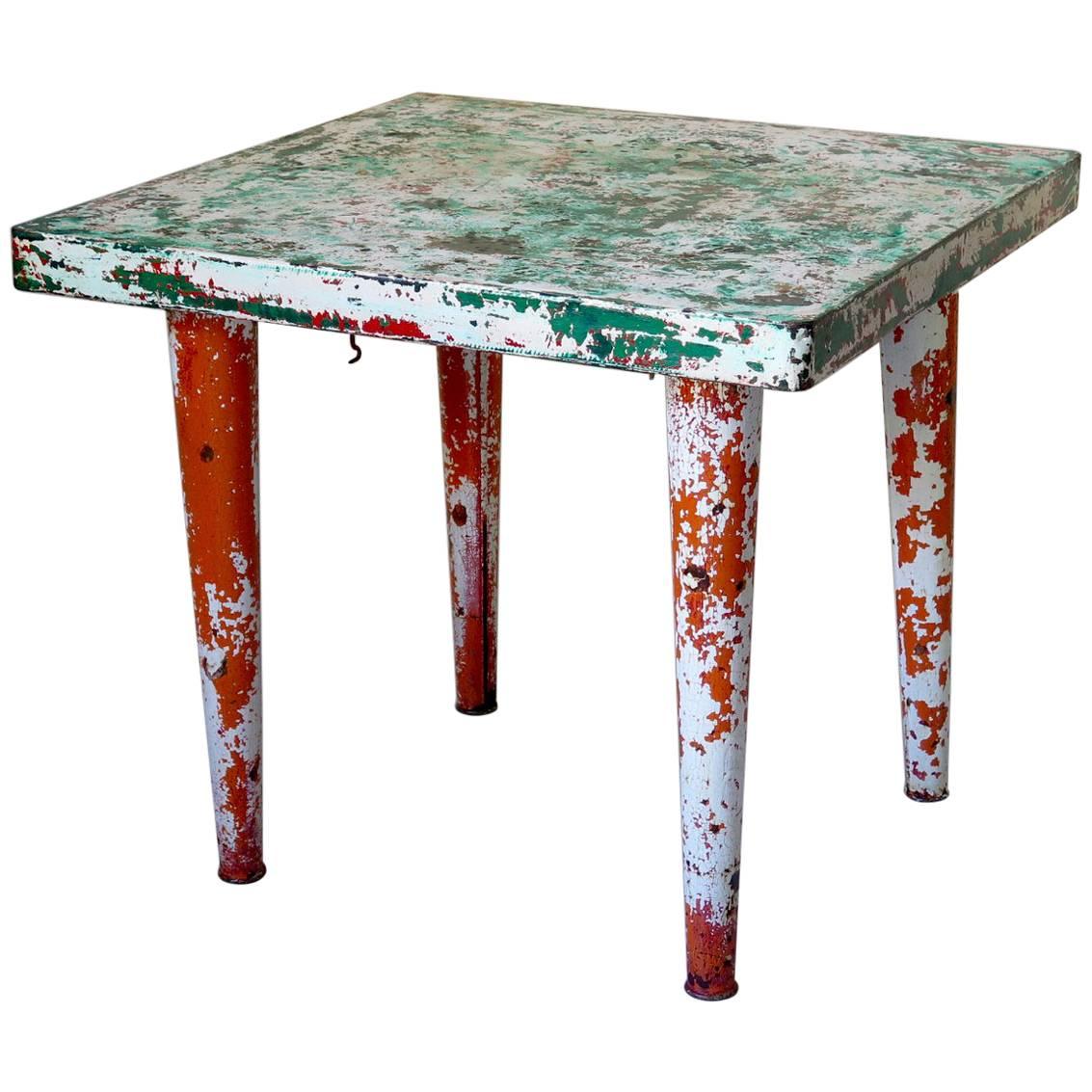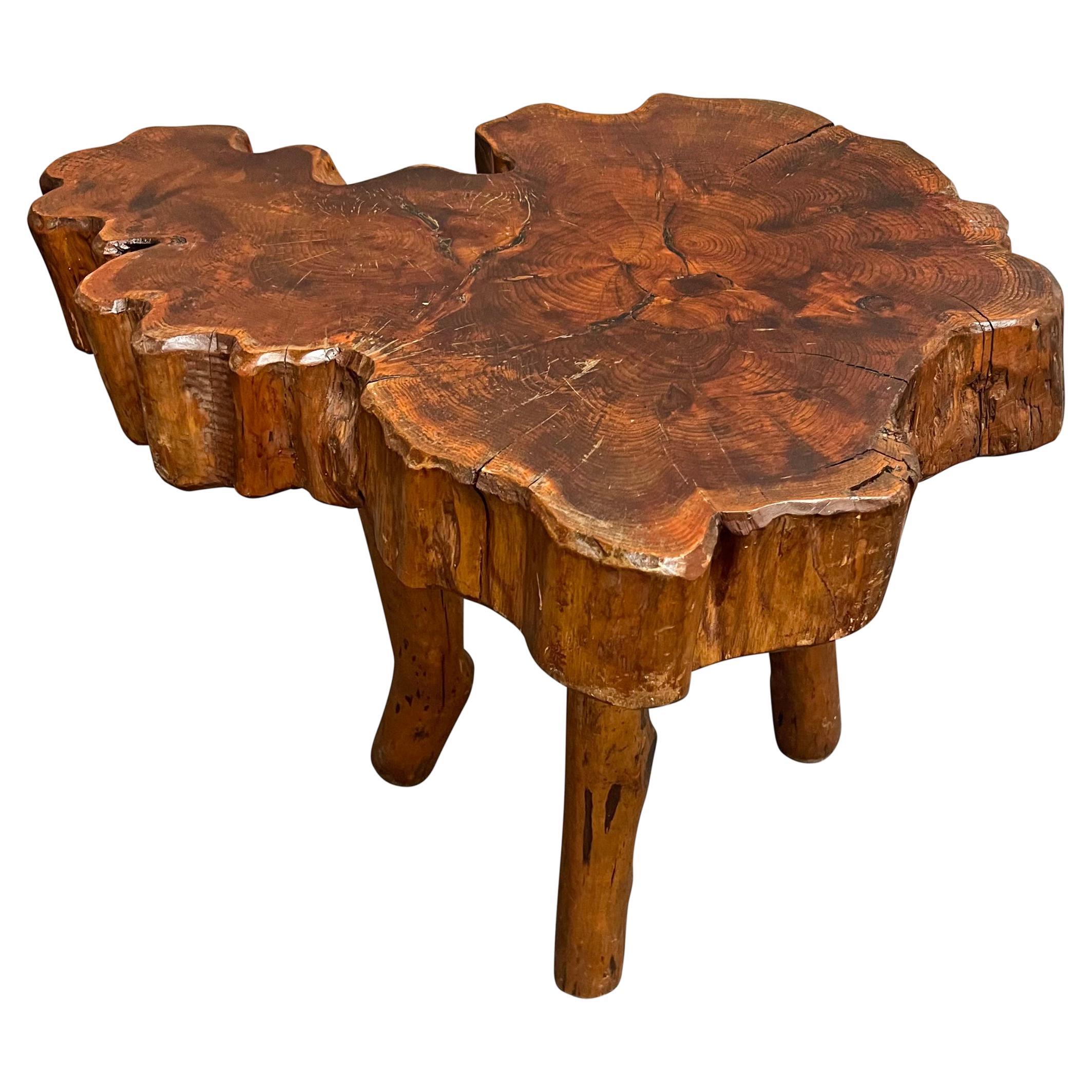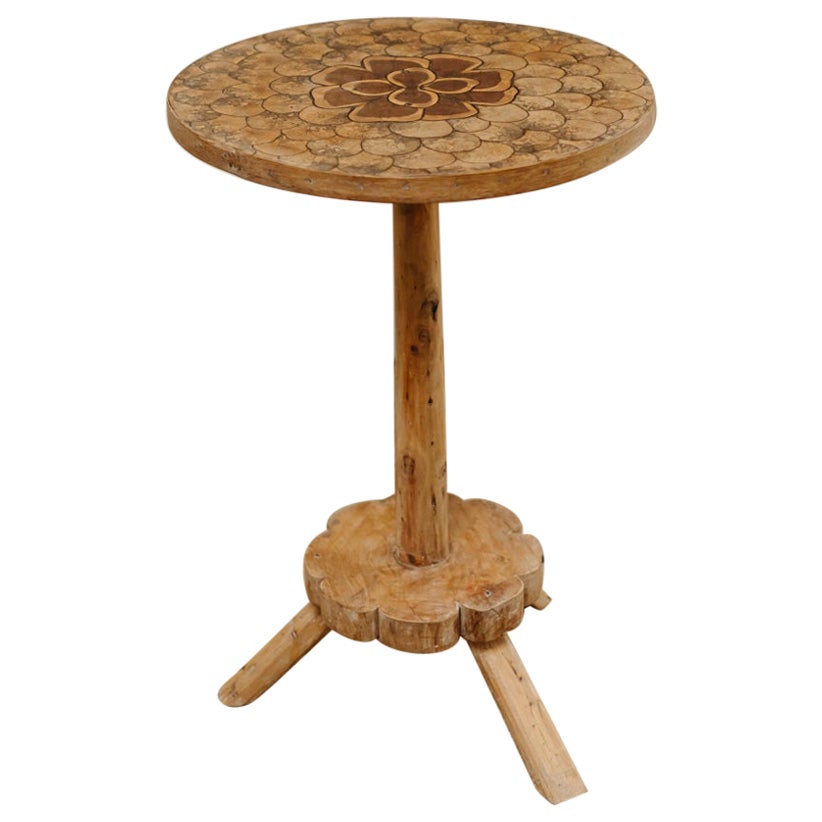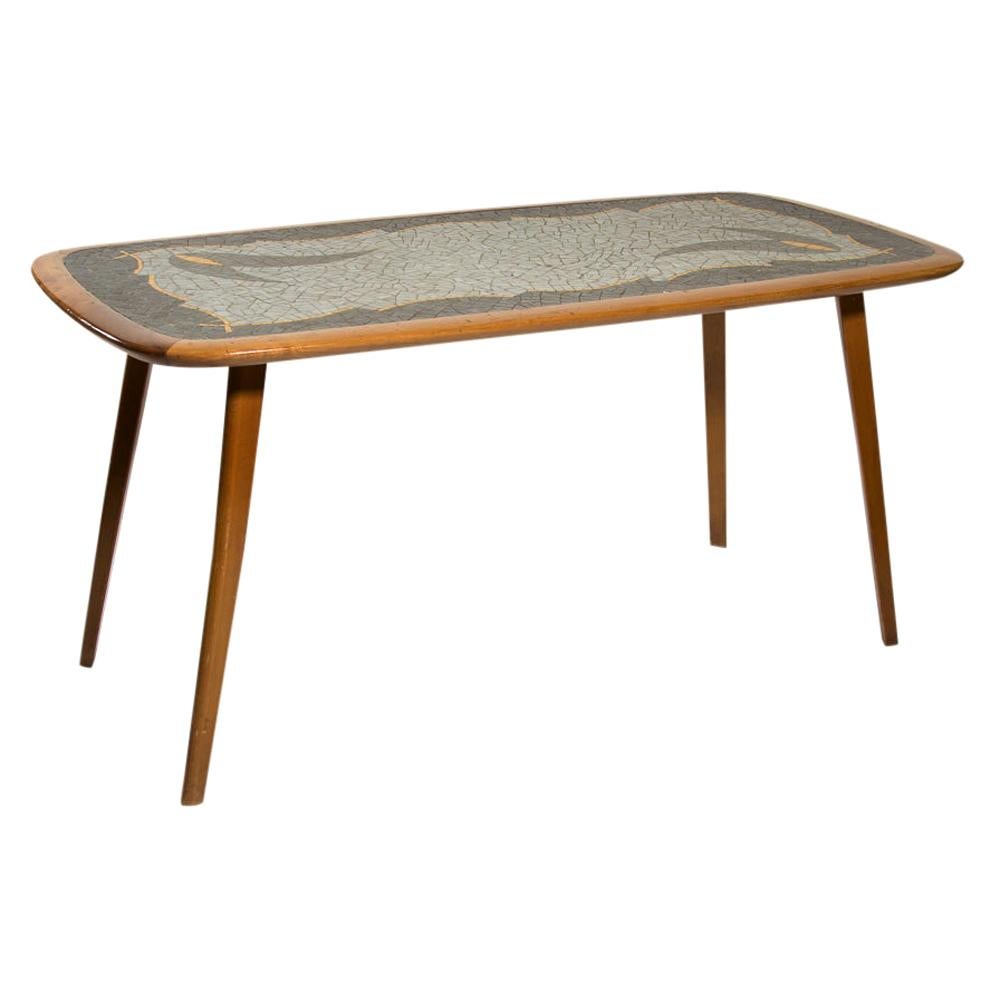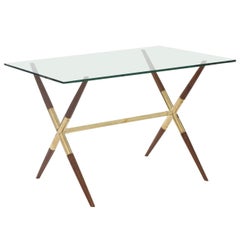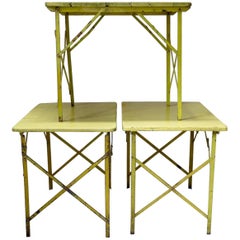
1950s French Occasional Table
View Similar Items
1 of 8
1950s French Occasional Table
About the Item
- Dimensions:Height: 24.41 in (62 cm)Diameter: 22.05 in (56 cm)
- Place of Origin:France
- Period:20th Century
- Date of Manufacture:1950
- Condition:
- Seller Location:London, GB
- Reference Number:1stDibs: LU104322353652
You May Also Like
- Occasional Table, Anonymous for Oy Stockmann AB, Finland, 1950sLocated in Stockholm, SEOccasional table, anonymous for Oy Stockmann AB, Finland. 1950s. Elm. The most compelling aspect of this occasional table is the relationship of its legs to the surface. With splay...Category
Mid-20th Century Finnish Mid-Century Modern Tables
MaterialsElm
- Occasional Table from Italy in Walnut and Brass, 1950sLocated in Phoenix, AZTapered solid walnut and polished brass cocktail or occasional table from Italy, circa late 1950s. This lovely example has sculptural newly oiled walnut inserts with mirror polished ...Category
Vintage 1950s Italian Mid-Century Modern Tables
MaterialsBrass
- French 1950s Folding Picnic TablesLocated in Isle Sur La Sorgue, VaucluseFun, and very sturdy and well-built picnic tables. The iron bases fold beneath the wooden tops, making them easy to store, and pull out when necessary. (T...Category
Mid-20th Century French Mid-Century Modern Tables
MaterialsIron
$982 / item - French 1950s Extending Dining TableLocated in Isle Sur La Sorgue, VaucluseMinimalist dining table, lacquered with a high-gloss black paint finish (with a slightly metallic sheen to it). The table is raised on elegantly slender, tapering legs. The ends of t...Category
Mid-20th Century French Mid-Century Modern Dining Room Tables
MaterialsWood
- Aqua, Blue, Green & Violet Terrazzo Tile Top Occasional Table, 1950sLocated in Bainbridge, NYAmerican Mid-Century Modern Black iron and colorful terrazzo tile table. Featuring a sturdy, open square black wrought iron framework, inset with reflective 13/16" square glass tiles...Category
Mid-20th Century American Mid-Century Modern Tables
MaterialsIron
- Occasional Table Designed by Josef Frank for Svenskt Tenn, Sweden, 1950sBy Josef FrankLocated in Stockholm, SEOccasional table designed by Josef Frank for Svenskt Tenn, Sweden. 1950s. Mahogany. H: 45 cm L: 80 cm D: 40 cm Josef Frank was a true European, he was also a pioneer of what would become classic 20th century Swedish design and the “Scandinavian Design Style”. Austrian- born Frank started his design career as an architect after having trained at the Technische Hochschule in Vienna between 1903 and 1910. After his training he went on to teach at Kunstgewerbeschule (The Viennese School of Arts and crafts) where he developed and espoused the new school of modernist thinking towards Architecture and Design that was coming to fruition in Vienna at the time. He also went on to lead the Vienna Werkbund throughout the 1920s. This was a truly progressive group of Architects and Designers who set about improving the daily lives of Austrian people through modernist design and architecture in partnership with Arts and Crafts ideals and construction. Frank’s leadership of the Werkbund had already cemented his place at the forefront of European design. Frank’s time in Vienna was typified by his design for the “Die Wohnung” exhibition of the Deutscher Werkbund in Stuttgart, 1927 where he exhibited along side his contemporaries at the forefront of design, such as the likes of Le Corbusier and Walter Gropius. Here he showed a specially designed pair of flat-roofed reinforced concrete houses in what is now seen as a typical modernist style. What separated Frank’s house from the other 32 houses of the exhibition was the interior and furniture inside the building. It was described as “Neo-Classical” and filled with an eclectic mix of period pieces, modern design and pieces designed by Frank himself that seemed to cross the two worlds. This was a complete opposite direction to that which his fellow Architects were travelling in with their pared back and angular aesthetics. Frank said of his own work: “The house is not a work of art, simply a place where one lives,” and by this reasoning Frank rejected the regimental mechanisation of the living space that his contemporaries believed in, instead he set about creating congenial and spontaneous interiors. Frank’s practice saw him placing the bright colours and the soft forms of nature back into the furnishings and interiors that he thought modernism sorely mist. Frank, along with Oskar Walch set up Haus und Garten in Vienna in 1925. This was Frank’s first commercial foray into furniture and home furnishings and the company went on to become the most influential furnishing house in Vienna with a riotous depth of colour and interesting shapes becoming the trademark of their design. However this success was to come to an end with rise of Nazism in Vienna in the early 1930’s. Frank was Jewish, and he and his wife Anna decided they would leave Vienna for her motherland: Sweden, in 1933. Frank continued to design for Haus and Garten, visiting Vienna occasionally and designing the pieces that would continue to be the company’s best...Category
Vintage 1950s Swedish Scandinavian Modern Tables
MaterialsMahogany

